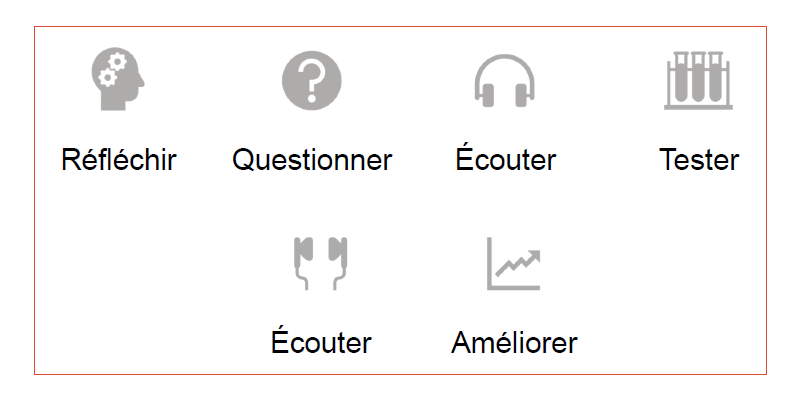
For an information monitoring system to compete effectively, adequately meet user needs and be successful, the monitoring process must be in line with the organization for which it is created. In the standard entitled Monitoring service and services for setting up a monitoring system, the French standardization agency (AFNOR) indicates the following:
"The proper functioning of such a system in the organization requires that it be in perfect harmony with its culture. Also, the service provider responsible for setting up a monitoring system in the organization must adapt to its specificities and particularities, particularly human ones. " [my own translation]
In March 2020, I had the pleasure of presenting a webinar to the Fédération des milieux documentaires (FMD) about how to start an information watch. Part of the presentation dealt with best practices to follow when setting up a monitoring process. Here are a few:
- Obtain the approval and support of your organization and your manager.
- Align with the strategic plan or another fundamental document of the organization / service (and monitor updates each year)
- Identify influential allies and partners (inside and outside the organization)
- Plan a process to retrieve informal information (e.g. periodic email sent to your colleagues asking them if they have unearthed interesting information while attending a conference)
- Define your communication strategies (analysis of information dissemination mechanisms in your organization)
- Keep a logbook (note the decisions taken and the reasons for the whole duration of the monitoring project)
- Plan a feedback mechanism, a way of communicating with users to stay focused on their needs which will certainly change and develop the monitoring process accordingly.
These good practices align you with the strategic plan of the organization and with the changing needs of users, they are a good guide for the design of a monitoring process leading to success. As one of my clients often says, success breeds success. A monitoring that adequately meets a need for information will attract other requests for information monitoring projects.
References :
- Prestation de veille et prestations de mise en place d’un système de veille. AFNOR. 1998.
- Démarrer une veille informationnelle [Extrait]. [French only] Cogniges inc. 2020